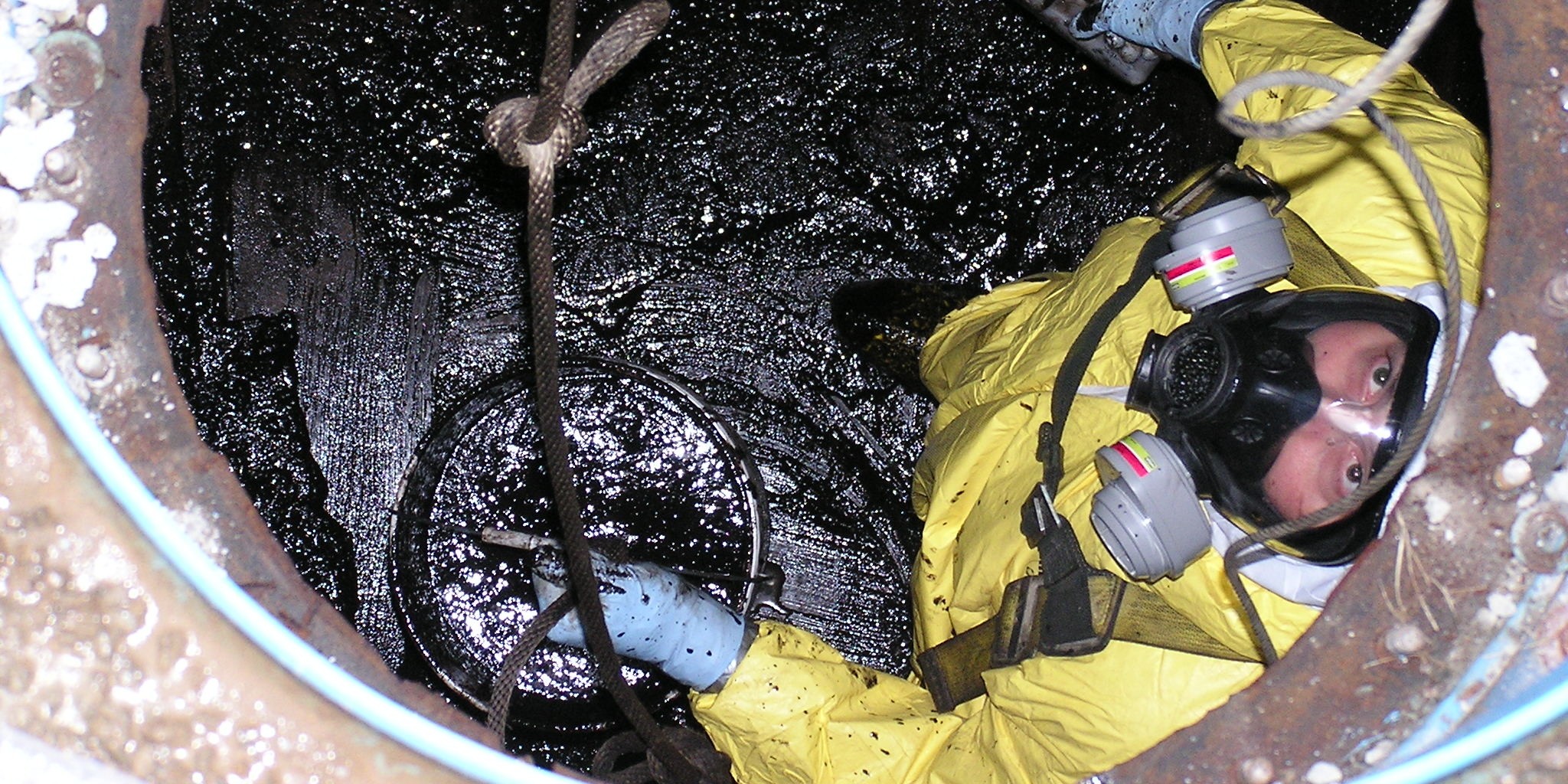Every business should plan for emergencies, including risk assessment, emergency planning, and creating a disaster recovery plan. But for businesses that use hazardous materials and generate hazardous waste, extra steps and extra caution need to be taken to avoid serious impacts—to your business, the health of your workers, and the environment. Today we’ll talk about hazardous waste as a part of your recovery plan and how it’s an extra component often overlooked in contingencies until it’s too late.
Every Business Needs a Plan for Emergencies
When an emergency hits, you need to be prepared, both for responding to the emergency and the recovery afterwards, especially if significant damage or delays have occurred. Your plans, for both the emergency plan and the subsequent recovery, need to focus on the following in this order:
- People: Getting your employees to safety in an emergency should be your first priority, including evacuations before natural disasters such as storms or floods.
- Assets: What machines or materials are most likely to be impacted by an emergency or disaster? What can be done to safeguard them?
- Property: The buildings, infrastructure, and grounds of your business need to be ready. This also includes any surrounding environment that might be imperiled by a disaster.
- Information: Where is your data? What is on the cloud? How good is your cybersecurity? Where are the backups? It’s as important to be able to recover data as assets during a disaster.
- Interruption: If your business goes down, what are your contingencies? Alternative worksites, remote work options, offsite storage, and customer relations are all on the table.
Now, let’s talk about how hazardous waste factors into the planning above.
How Hazardous Waste Complicates Disaster Recovery
The first step to planning for any emergency or disaster recovery is risk assessment. Consider the question: how would a disaster or emergency impact the safety of your staff or the productivity of your business? If your business works with hazardous materials or stores hazardous waste on-site, the entire situation can change due to emergencies or disasters. Hazardous materials and waste can contaminate the worksite or pose a health risk to nearby communities, requiring long-term cleanup before sites can be used again. They also bring the risk of environmental damage and costly fines levied by the government.
For examples, check out our blogs, The Aftermath of a Hazardous Waste Fire and How NEDT Handles Contaminated Water Disposal.
How NEDT Helps with Disaster Recovery & Management
Here at NEDT, we have over 25 years dealing with hazardous waste, from transportation and disposal to contaminated cleanup after a disaster, and we’ve seen how hazardous waste can complicate both planning and response to a disaster. We can work with you to:
- Draft a Disaster Recovery Plan: If you don’t have a response plan, or your plan isn’t accounting for your current hazardous waste, we can offer our consultation to cover contingencies.
- Be on Emergency Standby: By establishing a relationship with NEDT before disaster strikes, we can factor in your specific needs and hazardous waste streams for faster containment.
- Disaster Recovery Response: Having our contact information on hand (even if it’s just after reading this blog) is an important step in planning. Our rapid response, including dedicated 24/7 oil and chemical spill teams, can limit downtime and environmental damage.
Whether you’re looking to better plan for the future, deal with an immediate disaster, or remediate an old site, NEDT can help with our Disaster Recovery & Management Services. We’ve built a reputation with our personalized service, reliability, flexibility, and history of successful projects in all we do. From planned decontamination to emergency response, we’ll use our years of project experience to develop work plans that suit your timetable and budget. Contact us today, including directly by dialing 1.800.698.1865, or emailing us at Sales@nedtinc.com for a free consultation.






